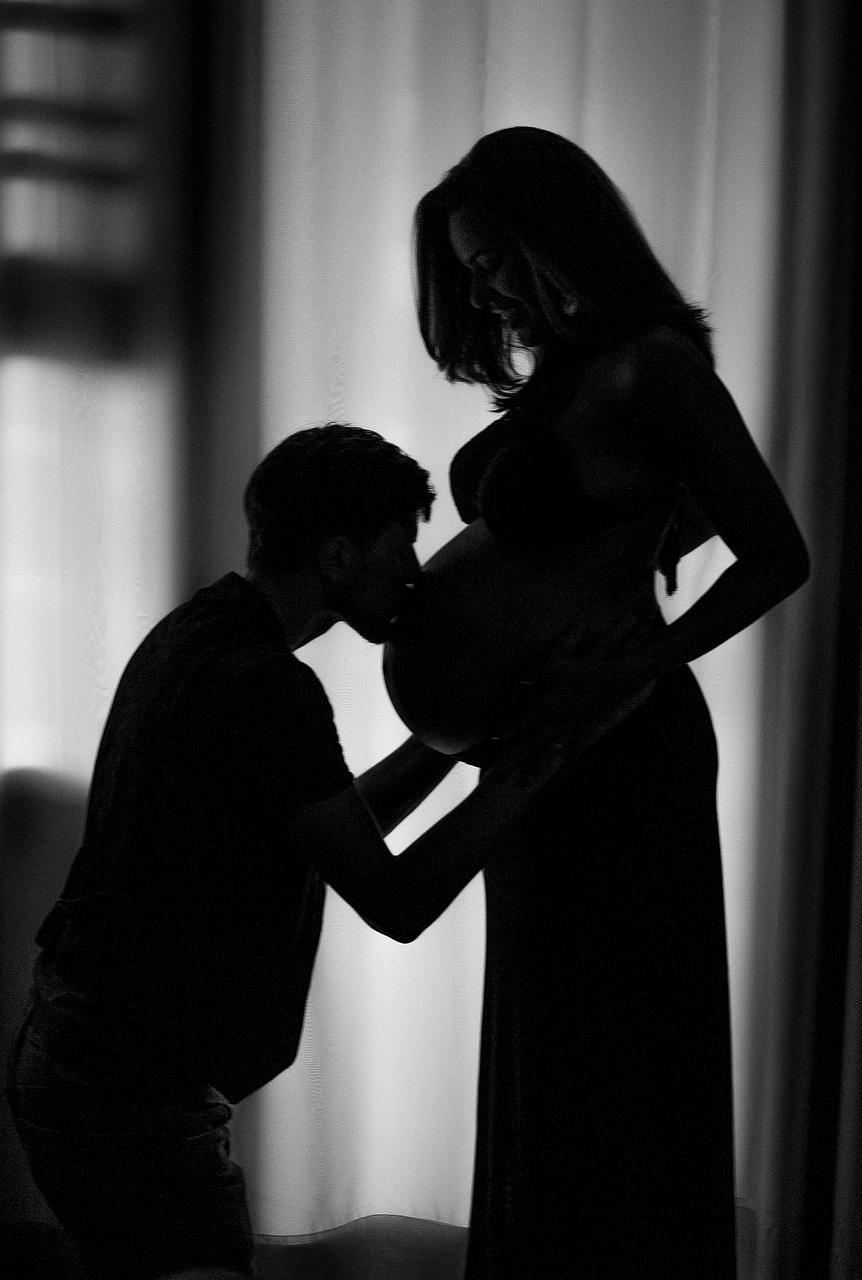During pregnancy, it is completely normal for your belly to grow as your baby develops and your body undergoes changes to accommodate the new life growing inside you. However, if you’ve been wondering why your pregnant belly seems larger than expected, there are a few factors to consider.
Weight Gain and Your Bump
One of the main reasons for a larger-than-average pregnant belly is weight gain. If you were overweight before becoming pregnant or have gained a significant amount of weight during pregnancy, it can contribute to the size of your bump. Extra weight can cause your belly to appear larger and more pronounced.
The Length of Your Torso
Your torso length plays a significant role in the size of your pregnant belly. If you have a shorter torso, your bump is likely to protrude more prominently compared to someone with a longer torso. This can result in your belly looking bigger, even if you’re carrying the same amount of weight as someone with a longer torso.
Positioning of the Baby
Another factor that can affect the size of your pregnant belly is the positioning of your baby. If your baby is positioned towards the front of your uterus, it can make your bump appear larger. Similarly, if your baby is in a breech position or has their back against your belly, it can cause your bump to protrude more prominently.
Multiple Pregnancies
If you are carrying multiples, such as twins or triplets, it’s natural for your pregnant belly to be larger in size. Carrying more than one baby can result in a bigger bump due to the increased volume and weight of multiple fetuses.
Amniotic Fluid Levels
The amount of amniotic fluid surrounding your baby can also impact the size of your pregnant belly. Higher levels of amniotic fluid, known as polyhydramnios, can cause your belly to appear larger than expected. Conversely, low levels of amniotic fluid, called oligohydramnios, may result in a smaller bump.
Uterine Fibroids
If you have uterine fibroids, benign growths that develop in the uterus, they can contribute to the size of your pregnant belly. Fibroids can cause your uterus to expand unevenly, leading to a larger bump during pregnancy.
Abdominal Muscle Tone
The tone of your abdominal muscles can also impact the size of your pregnant belly. If your abdominal muscles are weaker or more relaxed, it can allow your uterus to expand more freely, resulting in a larger bump. Strengthening your core muscles may help support your growing belly and reduce the appearance of a pronounced bump.
Overall Genetics
Genetics can play a role in the size and shape of your pregnant belly. If your parents or close relatives had larger bumps during pregnancy, it’s possible that you may also experience a similar phenomenon due to genetic factors influencing the distribution of weight and the shape of your abdomen.
Fluid Retention
Fluid retention, also known as edema, can cause temporary swelling and bloating in various parts of your body, including your belly. If you’re experiencing significant fluid retention during pregnancy, it can contribute to the size of your bump and make it appear larger than usual.
Monitoring Your Health
While having a larger pregnant belly may be perfectly normal for some women, it’s essential to monitor your overall health and keep in touch with your healthcare provider. If you have concerns about the size of your bump or any other pregnancy-related symptoms, don’t hesitate to seek medical advice for reassurance and guidance throughout your pregnancy journey.
Conclusion
Ultimately, the size of your pregnant belly can be influenced by various factors, including weight gain, torso length, baby positioning, multiple pregnancies, amniotic fluid levels, uterine fibroids, muscle tone, genetics, and fluid retention. Embrace the uniqueness of your pregnancy experience and focus on maintaining a healthy lifestyle to support your well-being and the growth of your baby.

